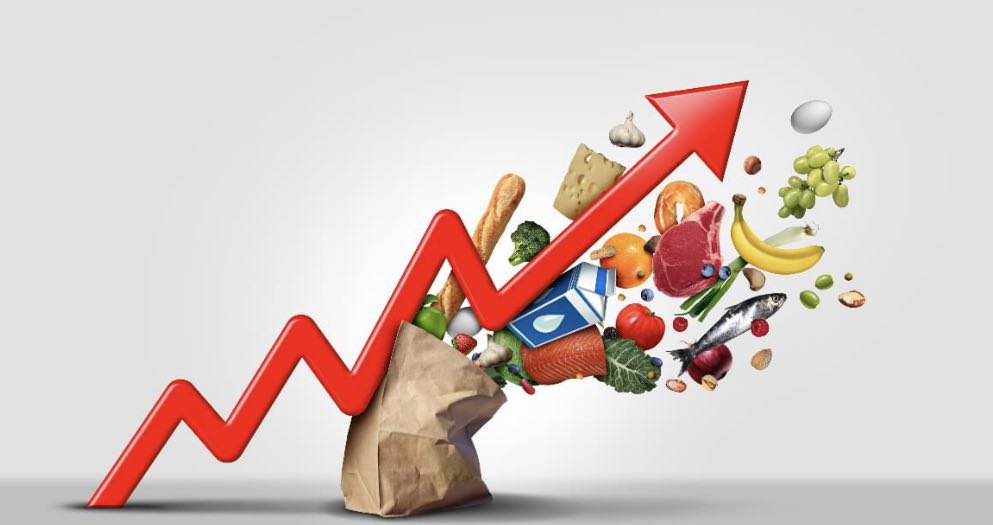The sound of inflation is heard, Part 2
According to Iran Gate’s report, the intensification of inflation in Iran has raised concerns among many economists. Experts believe that the government’s economic management approach will ultimately lead to triple-digit and even four-digit inflation in the Iranian economy.
Iran Gate has investigated the possibility of inflation in Iran in a two-part case. In the first part, the experiences of other countries in dealing with hyperinflation were examined. The current report also discusses the likelihood of this scenario occurring in Iran. Many economists believe that the oil-based economy of Iran will not allow for inflation jumps of several thousand percent, but triple-digit inflation is also not an unexpected scenario.
The sound of post-crisis footsteps
Although inflation in Iran has chronically and continuously affected various segments of society, Iranian citizens have not witnessed inflation rates of 40% to 50% in any period like the past four years. In other words, the inflation rate has consistently been over 40% from 2019 to the present day, and its fluctuations have been sharply upward. In fact, the inflation rate surpassed 50% in the last month of 2022, setting a new record in the history of modern government in Iran.
However, if we look at the year 2022 with an extremely optimistic view and estimate inflation to be around 40% this year, the results will be astonishing. Considering a minimum inflation rate of 40% this year, we can say that under the best conditions, monthly growth and point-to-point liquidity will be similar to 2021 or even higher.
But in simpler terms, if monthly inflation growth exceeds 5% and its point-to-point growth is higher than the 12-month average inflation rate, we should definitely prepare ourselves to hear the footsteps of hyperinflation.
Reaching the boiling point of money
For a more accurate analysis, one should refer to the statistics and figures related to monetary variables. In the information published by the official authorities of the Islamic Republic, everything seems fine and there is no cause for concern. However, a look at the official statistics of monthly inflation fluctuations easily reveals that the presented statistics regarding the growth of money supply, which the government and central bank have released, have no basis in reality.
On the other hand, the significant increase in money growth in the country has also raised concerns among many economists. This point also indicates the nearing of the Iranian Rial to the boiling point, which is an idiom indicating the overheating of the currency.
On the other hand, the liquid money supply, which includes current deposits and cash, has entered an upward trend since mid-summer of last year. However, this statistic alone recorded a growth of over 70% compared to the same period in the previous year 1400. In other words, the growth of quasi-money in long-term deposits has been around 25%. As a result, the ratio of quasi-money to money supply has reached around 25%.
The year 1402 is a season of hyperinflation.
Based on the points presented in this report, it can be said that although Iran’s economy is currently going through one of its most inflationary periods in history and concerns are escalating, it is not expected to experience hyperinflation in 1402. However, this conclusion is based on statistics and figures published by official sources.
Therefore, renowned economists like Farhad Nilin have issued serious warnings about the possibility of hyperinflation and a post-economic crisis in 1402. These experts believe that by introducing doubts into the official statistics, the likelihood of triple-digit inflation rates in the current year is much higher than what the published numbers by the Central Bank indicate.
But if we assume the accuracy of the data published by official sources, it can be said that the likelihood of hyperinflation in 1402 is very low. However, even in this case, there are many variables that are not directly influenced by monetary policy and are directly affected by the diplomatic positions of the government. In other words, the foreign policy of the Islamic Republic can also completely reverse the situation and act as a barrier or exacerbator of inflationary fluctuations.
Hyperinflation awaits Iran’s economy – Part 1
English
View this article in English


